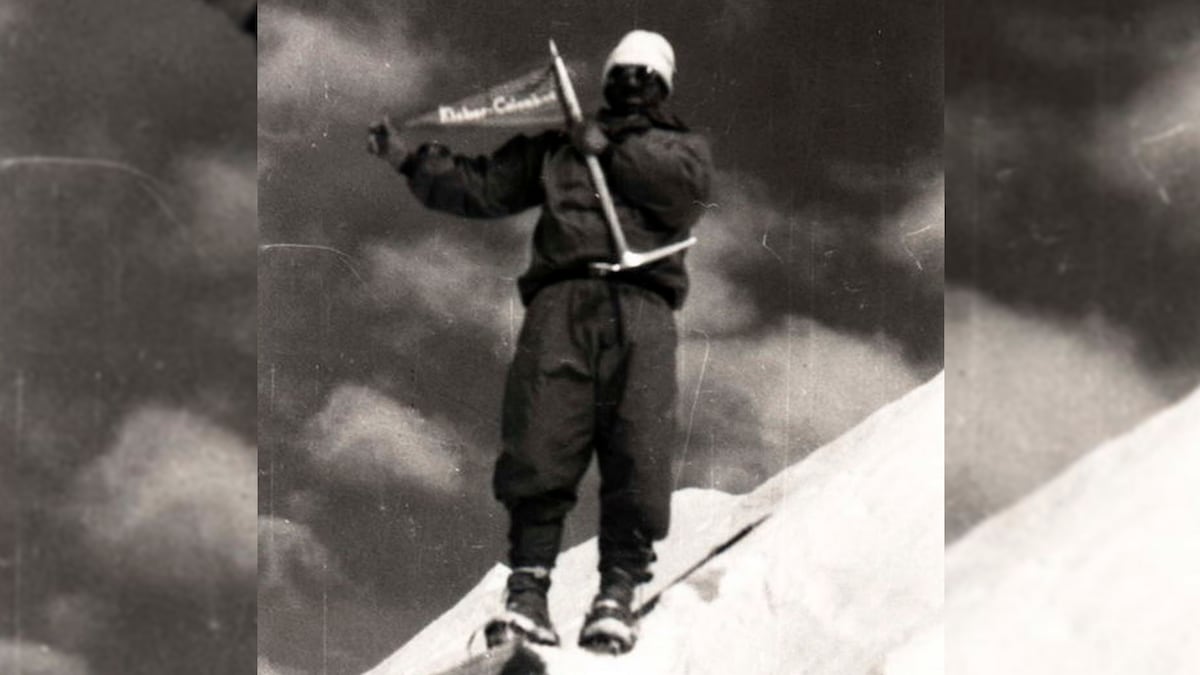
"Lachenal was no dog: he was the most respected, fastest, and brilliant mountaineer of the time. He was an accomplished high-altitude guide, while Herzog was merely an amateur with a mission: to narrate the conquest."
"Only Herzog could tell the story of Annapurna. They didn't care. They just wanted to climb. Herzog made up for his lack of pedigree with Lachenal's infallible presence and with enormous doses of fanatical recklessness."
"Very soon, Lachenal realized that if he continued, he would lose his feet, and his feet represented his life as a climber. He asked Herzog what he would do if he gave up."
"His response was that of a fanatic on an evangelical mission. I'll continue alone, he declared."
On June 3, France celebrated the 75th anniversary of conquering Annapurna, the first 8,000-meter peak scaled in history. This marked a significant moment in climbing lore, highlighted by the contrasting roles of Maurice Herzog, the narrator of the ascent, and Louis Lachenal, the skilled mountaineer who prioritized safety. Herzog's desire for glory and storytelling overshadows Lachenal's acute awareness of the mountain's dangers and his own bodily limitations. While Herzog continued towards the summit driven by ambition, Lachenal's pragmatic approach showcased the inherent tensions in mountaineering between ambition and safety.
Read at english.elpais.com
Unable to calculate read time
Collection
[
|
...
]